Sir Ken Robinson’s ‘Creative Schools’: Change We All Want & Deserve
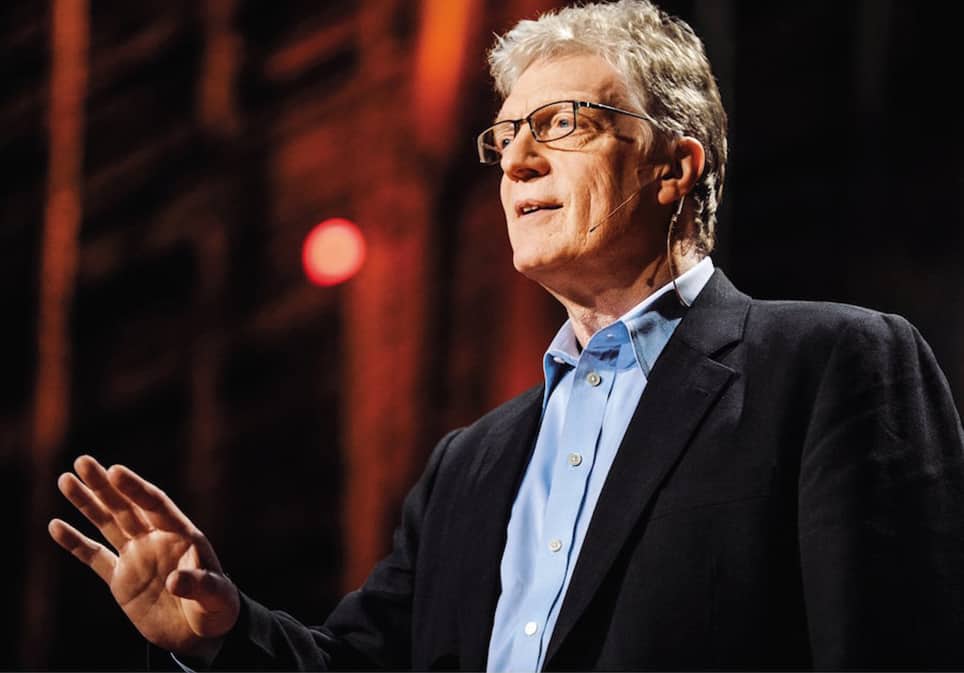
Sir Ken Robinson, with collaborator Lou Aronica, does what he does best in his latest book, Creative Schools. Robinson does an excellent job of highlighting what is going right in education, while asking questions about how we can do better. The book is wide reaching and hits on all stakeholders. Robinson raises important questions, showcases those who have answered those questions and acknowledges that all communities must ask and answer questions for themselves.
Robinson begins Creative Schools with a discussion of metaphors. In his RSA animated talk, Changing Education Paradigms, Robinson drew parallels between factories and schools.
- Health. Schools should develop the entire student – intellectually, physically, spiritually and socially.
- Ecology. Education must promote “interdependence of all of these aspects of development, within each student and community as a whole” (pg. 44).
- Fairness. Each student is treated as an individual and their talents and potential are recognized and cultivated.
- Care. Students are treated with compassion and with regard for their individual situation.
If schools were to implement these four tenets all students would benefit. Not just the one subset of students but all students – gifted, special education, low income, high income, All students.
Robinson spends a great deal of time on the idea that kids are natural learners. Sugata Mitra’s hole in the wall experiment reiterates this assertion. Mitra put a computer in a wall in a slum in India and watched students teach themselves. Kids want to learn but, often schools aren’t designed for optimal learning. Outside of school, people are able to devote large chunks of time on projects. Not so much at school. We move students every 45-60 minutes then we complain that students can’t pay attention.
Robinson believes that personalization is the answer to this problem. Personalization means recognizing that intelligence is diverse, students should be able to pursue their own interests and strengths, adapting schedules to match student’s rates of learning and assessing students in ways that supports and promotes their progress.
Robinson explores the roles of other educational stakeholders in the book as well. He discusses the art of teaching, the importance of school leadership and legislator’s role in reforming education.
My favorite chapter is titled “What’s Worth Knowing?” This is a hot topic in education and is on the minds of many educators as they are handed ever expanding lists of standards to cover each school year. Robinson suggests eight competencies schools should focus on:
- Curiosity
- Creativity
- Criticism
- Communication
- Collaboration
- Compassion
- Composure, and
- Citizenship
He believes these competencies should be attacked through disciplines. “A discipline is a mixture of theory and practice” (pg.142). He proposes a balanced curriculum of the following disciplines: arts, humanities, language arts, mathematics, physical education and science. The best case scenario for students is an interdisciplinary approach to these disciplines, it’s what’s most reflective of the world in which they will work.
Throughout the book, Robinson highlights schools that are working towards these goals for students. Schools that are working within their systems and buildings to change education for their students. My favorite example that Robinson returns to multiple times is Grangetown. Grangetown is Grange Primary School in central England. When Richard Gerver became the head teacher, Grange was low performing. Gerver wanted to get back to basics but not in the traditional school reform sense. He wanted to harness natural creativity and curiosity. The result was that the school was transformed into a town – Grange Primary School became Grangetown. Every student had a job. There are radio and TV stations, doctor’s office and other places that encourage role-playing. “I wanted to explore how we could take that role-playing-based experience to develop teamwork, resilience, self-confidence and community responsibility.” says Gerver (pg. 40).
As with all Robinson’s books, Creative Schools was an easy read. His writing style is very relaxed and conversational. I’ve watched his TED talks enough that I can ‘hear’ him reading the book in my head. Robinson’s ideas are straightforward and clearly in the best interest of all students. But there is much work to do to implement these ideas across the country and create real change for our students. Robinson closes with this: “As Gandhi said, if you want to change the world, you must be the change you want to see. Because if enough people move, that is a movement. And if the movement has enough energy that is a revolution. And in education, that’s exactly what we need.” (pg. 251). Indeed.
- How Essential Questions Drive Purposeful Learning
- Smart Review | Write Out Loud
- Changes in the Student Brain: A Review of Age of Opportunity
Stay in-the-know with all things EdTech and innovations in learning by signing up to receive the weekly Smart Update.
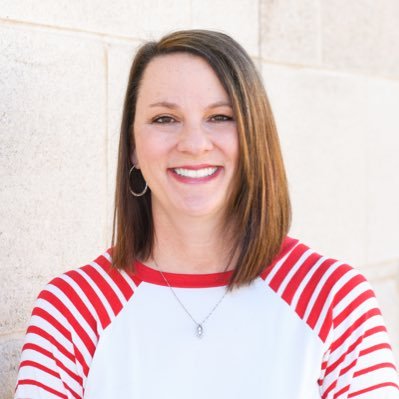


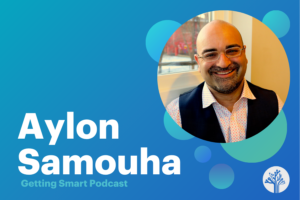


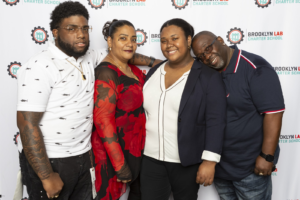
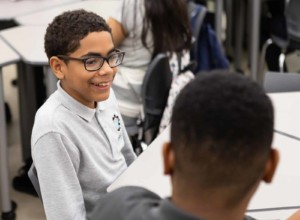
0 Comments
Leave a Comment
Your email address will not be published. All fields are required.